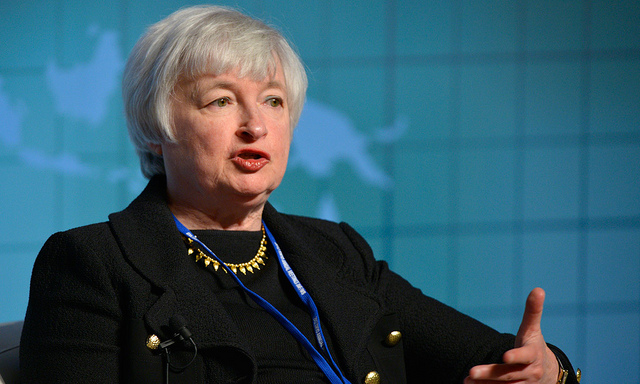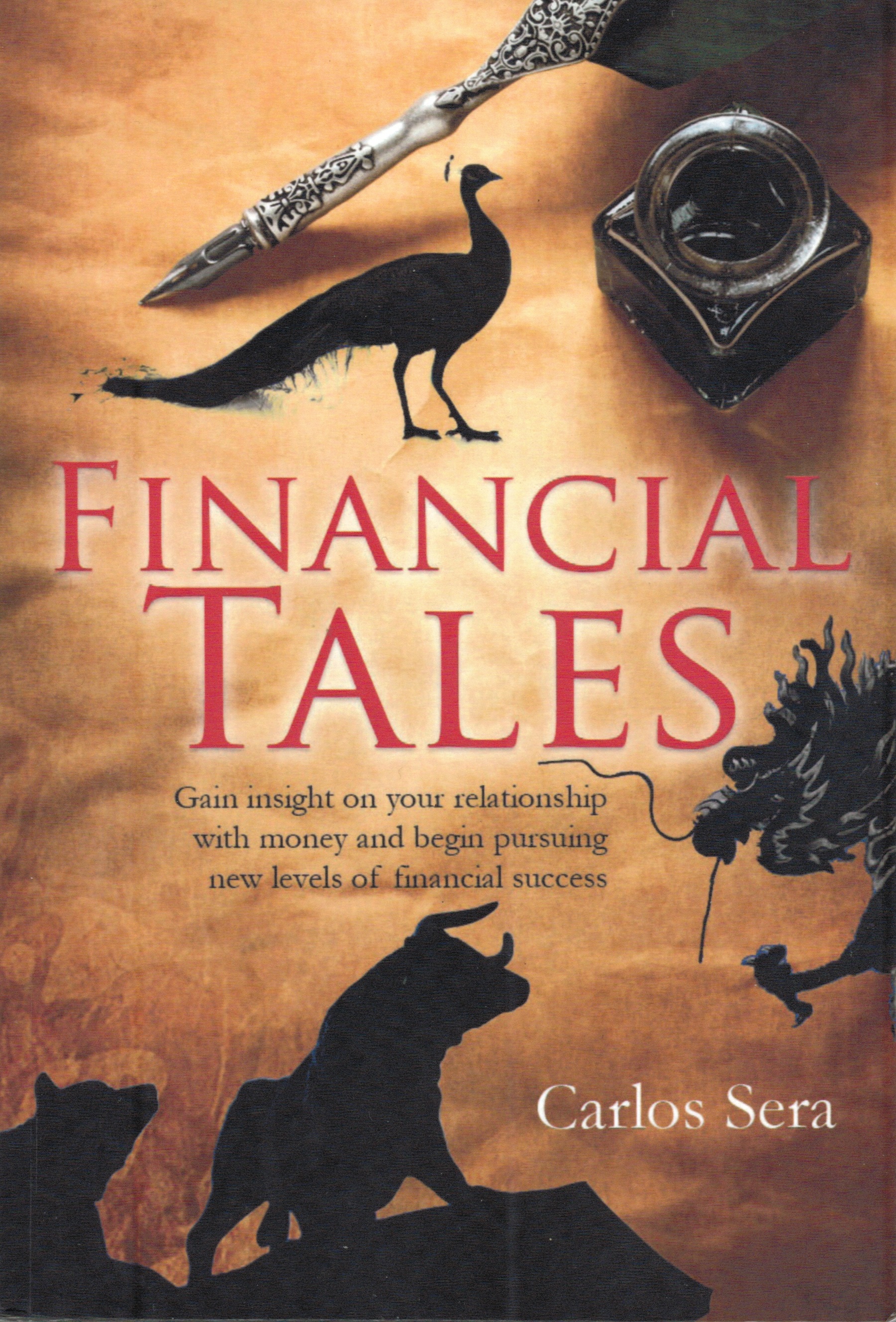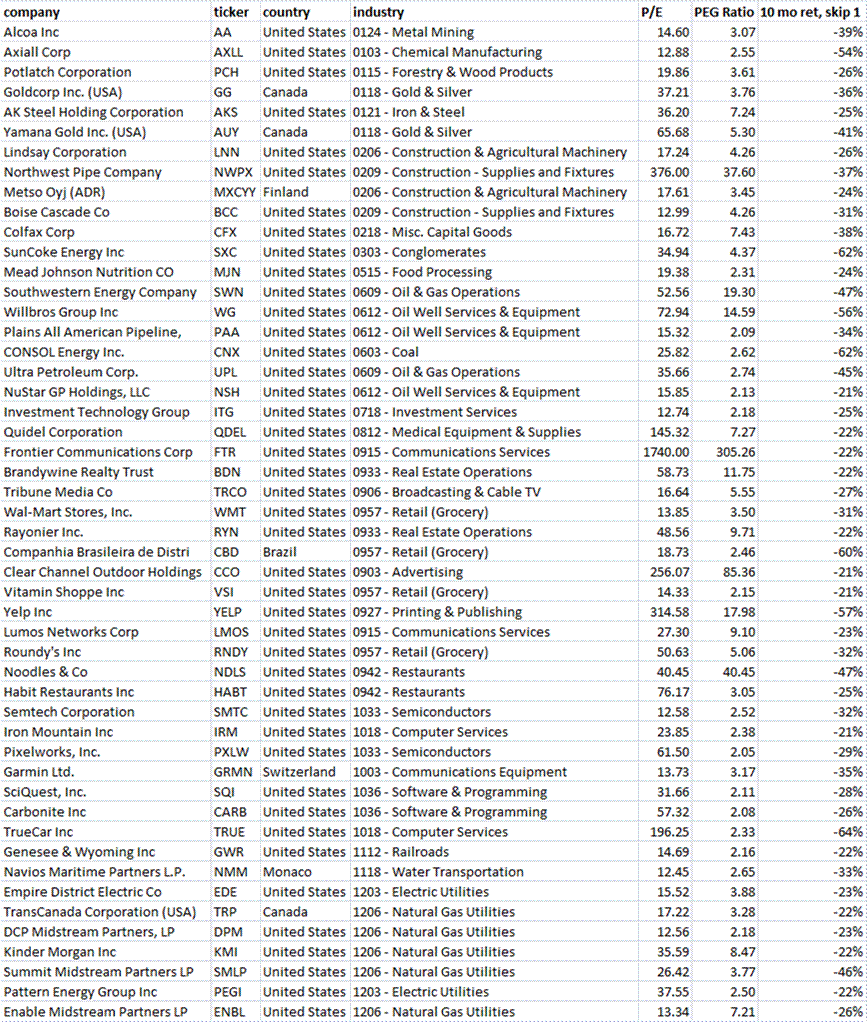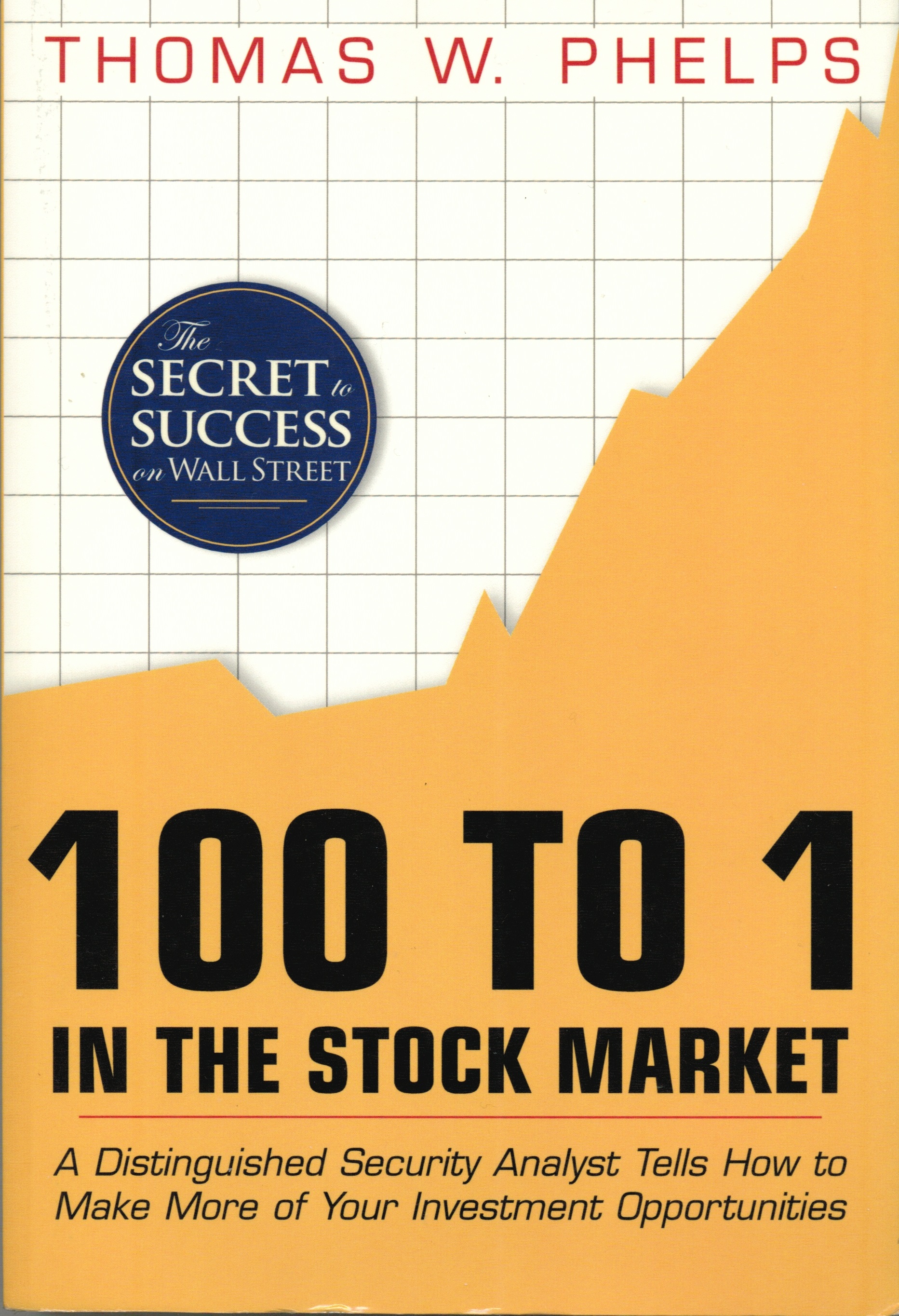Yes, Break Up AIG!

I’ve written about this topic twice before:
Those were back in 2008, before the financial crisis. ?I made similar comments at RealMoney earlier than that, but those are lost and gone forever, and I am dreadful sorry.
I’ve written a lot about AIG over the years, including my article that was cited by the Special Inspector General of the TARP in his report on AIG. ?I’ve also written a lot about insurance investing. ?I’d like to quote from the final part of my 7-part series summarizing the topic:
1) The first thing to realize is that diversification across insurance subindustries usually does not work.
Do not mix:
- Life & P&C
- Financial & Anything
- Health & Anything
Maybe you can mix P&C, Mortgage & Title, after all Old Republic survived.? The main point is this.? Insurance is not uniform.? Coverages are sold and underwritten differently.? Generally, higher valuations will be obtained on ?pure play? companies? Diversification is swamped by management inability.? These are reasons for AIG and Allstate to spin off their life operations.
2) Middle-sized companies tend to do best from a valuation standpoint: the large have nowhere to grow, and the small are always questionable on their viability.? With a few exceptions, I like sticking with focused mid-cap companies with my insurance names.
Both of these concepts augur in favor of a breakup of AIG — even without the additional capital needed for being a SIFI (which no insurance firm should be, they don’t collapse together, like banks do), large firms get a valuation discount, because they can’t grow quickly.
Synergies and diversification benefits between differing types of insurance tend to be limited as well. ?Focus is worth a lot more in insurance than diversity, because managements are typically not good at multiple types of insurance. ?They have different profit models, distribution systems, capital needs, and mindsets. ?Think of it this way: if you can’t get personal lines agents to sell life insurance and annuities, why do you ever think there might be synergies? ?They are very different businesses.
Now Carl Icahn is arguing the same thing — size and diversification are harming value at?AIG, as well as a high cost structure. ?I think his first argument is right, and a breakup should be pursued, but let me mention four complicating factors that he ought to consider:
1) Costs aren’t overly high at AIG, and there may not be a lot to cut. ?Greenberg ran a tight ship, and I suspect those who followed tried to imitate that. ?I would try to double-check cost levels.
2) ROEs are low at AIG likely because many life insurers have low?embedded margins and those?can’t be changed rapidly because of the long duration nature of the contracts. ?The accounting for DAC [deferred acquisition cost]?assets can be liberal at times — writedowns are not required until you are deferring losses. ?I would analyze all intangible assets, and try to estimate what they returning. ?I would also try to look at the valuation of life insurers?comparable to those at AIG, which are high complexity beasties. ?You might find that a breakup won’t release as much value as you think, at least initially.
3) Pure play mortgage insurers are fodder for the next financial crisis. ?If one of those gets spun off, it won’t come at a high valuation, particularly if you give it enough capital to maintain its credit ratings.
4) There are a variety of cross-guarantees across AIG’s subsidiaries. ?I’m assuming Icahn read about those when he looked through the statutory books of AIG. ?That is, if he did do that. ?They are mentioned in the 10K, but not in as much detail. ?Those would probably be the most difficult part of a breakup of AIG, because you would have to replace guarantees with additional capital, which reduces the benefit of breaking the companies up.
Summary
Breaking up AIG would be difficult, but I believe that focused insurance companies with specialist management teams would eventually outperform AIG as it is currently configured. ?Just don’t expect a quick or massive initial benefit from?breaking AIG up.
One final note: it would pay Carl Icahn and all of the others who would be interested in breaking up AIG to hire some insurance expertise. ?Insurance is a set of complex businesses, and few understand most of them, much less all of them. ?It would be easy to naively overestimate the ability to improve profitability at AIG if you don’t know the business,? the accounting, and how free cash flow emerges, if it ever does.
They might also want to have a frank talk with Standard and Poors as to how they would structure a breakup if the operating subsidiaries were to maintain all of their current ratings. ?Icahn and his friends might be surprised at how little value could initially be released, if any.
Full disclosure: long ALL












